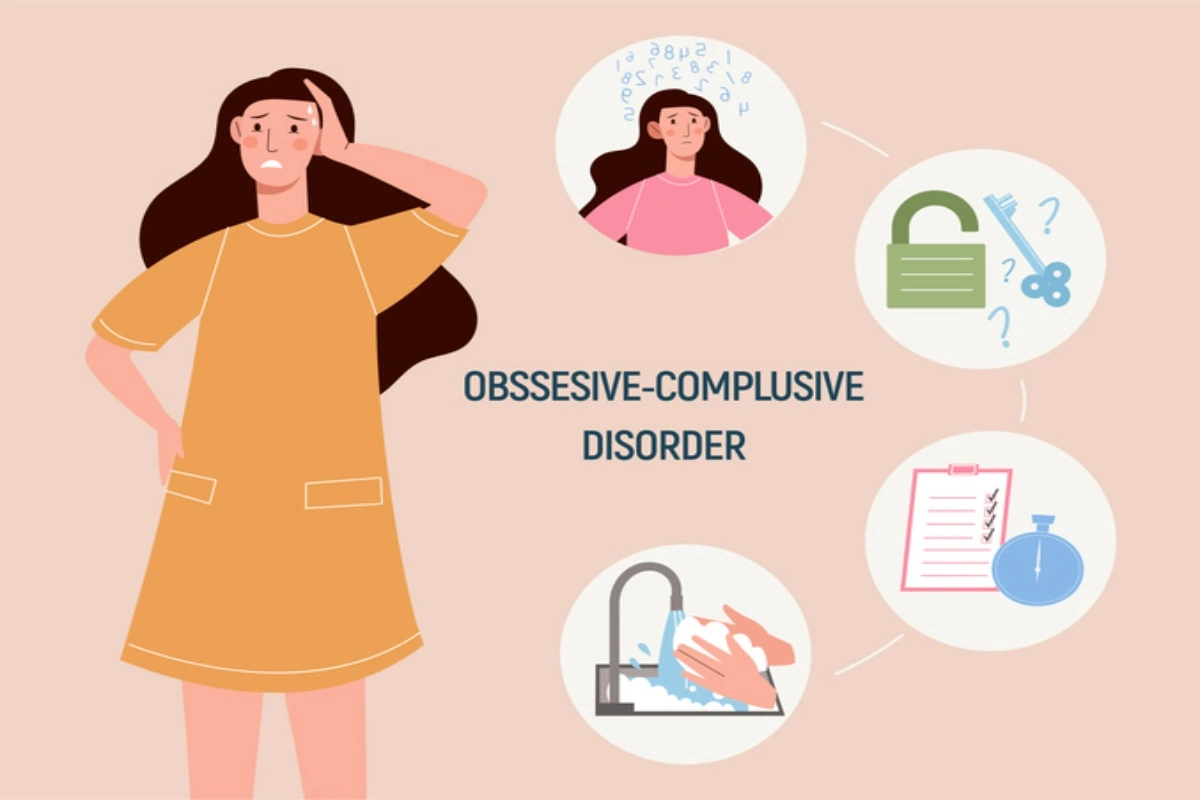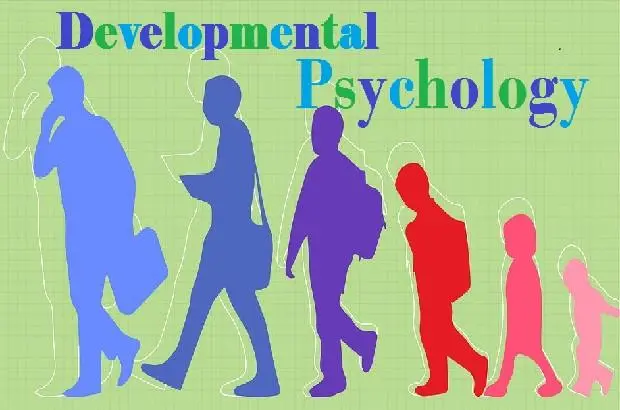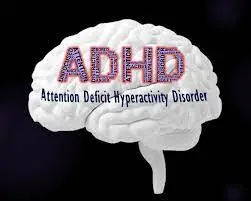Understanding OCD: Unraveling the Complexities of Obsessive-Compulsive Disorder
Introduction: Obsessive-Compulsive Disorder (OCD) is a mental health condition that affects millions of people worldwide. It is characterized by recurring thoughts (obsessions) and repetitive behaviors (compulsions) that can significantly impact an individual’s daily life. This article aims to provide a comprehensive overview of OCD, including its symptoms, causes, treatment options, and strategies for managing the disorder.
I. Defining OCD: In this section, we will delve into the basic understanding of OCD. We’ll explain the key features of obsessions, such as intrusive thoughts, images, or urges that create anxiety, and the subsequent compulsions, which are repetitive behaviors or mental acts performed to alleviate anxiety or prevent a feared event.
II. Common Symptoms: This section will explore the various manifestations of OCD. We’ll discuss common obsessions, such as contamination fears, fears of harm, and perfectionism, and their corresponding compulsions, such as excessive hand washing, checking rituals, or repetitive counting. Additionally, we’ll highlight the distress and impairment these symptoms can cause in daily life.
III. The Complex Nature of OCD: OCD is a complex disorder influenced by a combination of genetic, environmental, and neurological factors. We’ll explore the possible causes, including genetic predisposition, imbalances in brain chemistry, and environmental triggers. Understanding these factors can help reduce stigma and foster empathy for individuals struggling with OCD.
IV. Diagnosis and Co-occurring Disorders: In this section, we’ll discuss the diagnostic criteria for OCD as outlined in the Diagnostic and Statistical Manual of Mental Disorders (DSM-5). We’ll also shed light on the prevalence of co-occurring disorders, such as anxiety disorders, depression, and eating disorders, which often accompany OCD and can complicate its management.
V. Treatment Options: Effective treatment for OCD is available, and early intervention is crucial. This section will explore evidence-based therapies, including cognitive-behavioral therapy (CBT) and exposure and response prevention (ERP), which are considered the gold standard for OCD treatment. We’ll also touch upon medication options, such as selective serotonin reuptake inhibitors (SSRIs), commonly prescribed to manage OCD symptoms.
VI. Strategies for Coping and Self-Help: Living with OCD can be challenging, but there are coping strategies individuals can employ to manage their symptoms. We’ll discuss self-help techniques, such as mindfulness, stress reduction, and building a support network. Additionally, we’ll highlight the importance of self-compassion and seeking professional help when needed.
VII. Overcoming Stigma and Raising Awareness: OCD is often misunderstood and stigmatized, leading to delays in seeking help and inadequate support. In this section, we’ll emphasize the need for raising awareness, challenging stereotypes, and promoting understanding of OCD. We’ll encourage open conversations about mental health to foster empathy and compassion for those affected by the disorder.
Conclusion: Obsessive-Compulsive Disorder is a challenging mental health condition that can significantly impact an individual’s life. By gaining a deeper understanding of OCD, recognizing its symptoms, and familiarizing ourselves with available treatment options, we can contribute to a more supportive and compassionate society. With increased awareness, improved access to treatment, and ongoing research, we can help individuals with OCD lead fulfilling lives, free from the constraints of their obsessions and compulsions.
![]()





